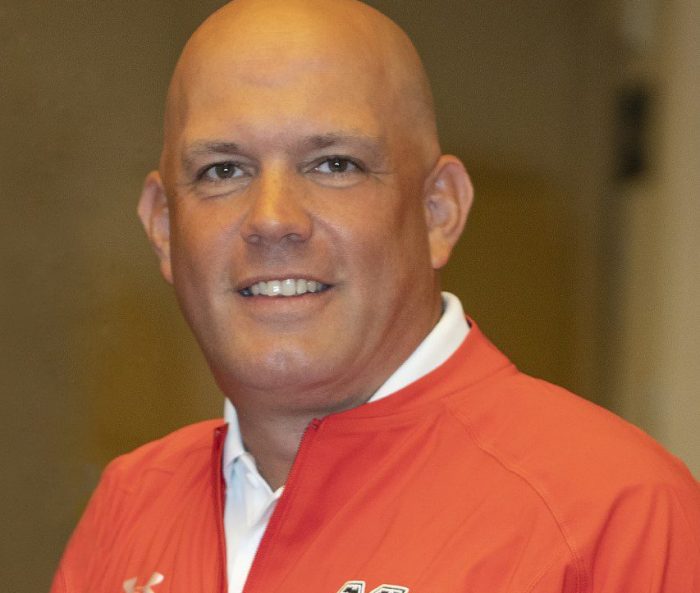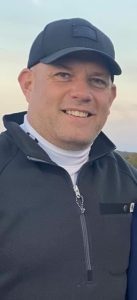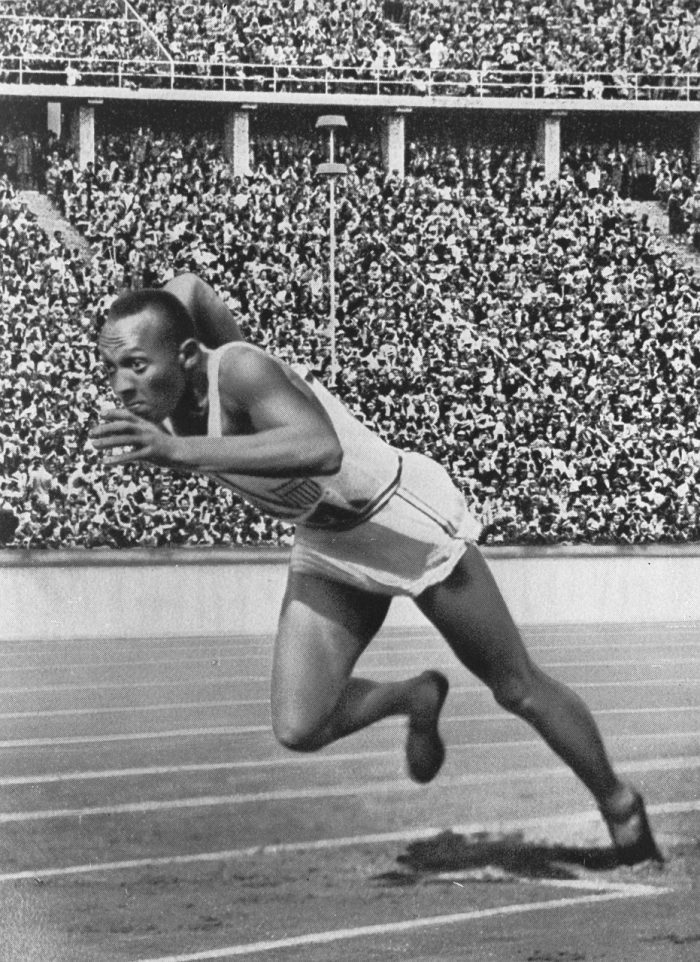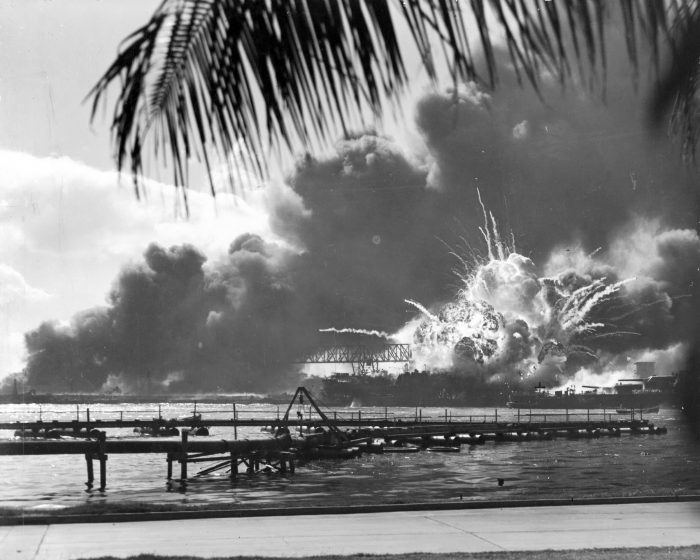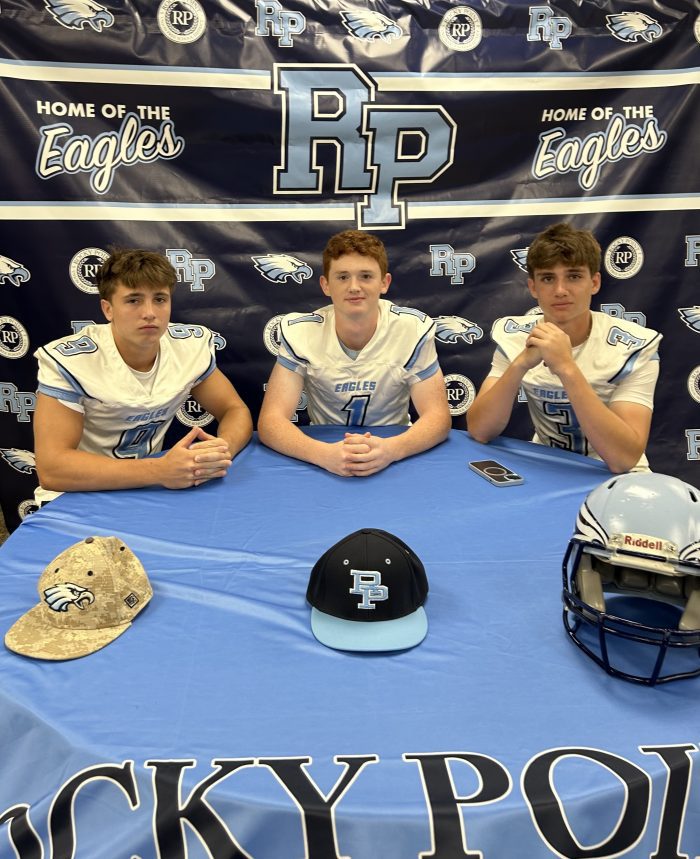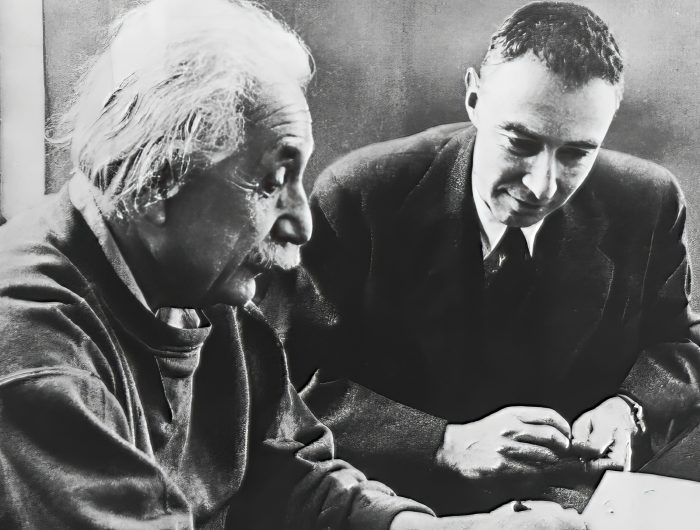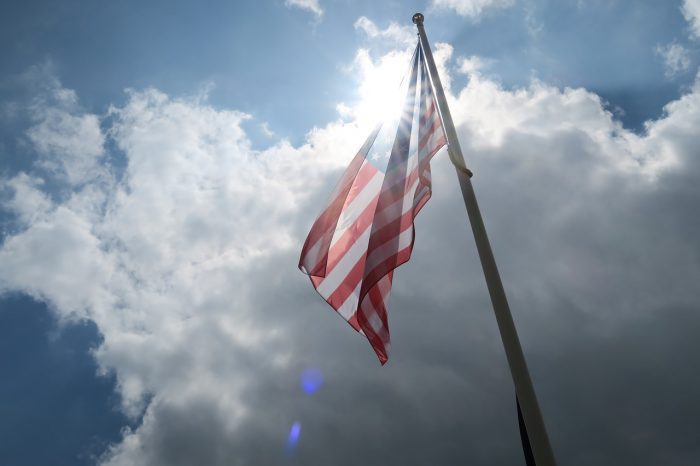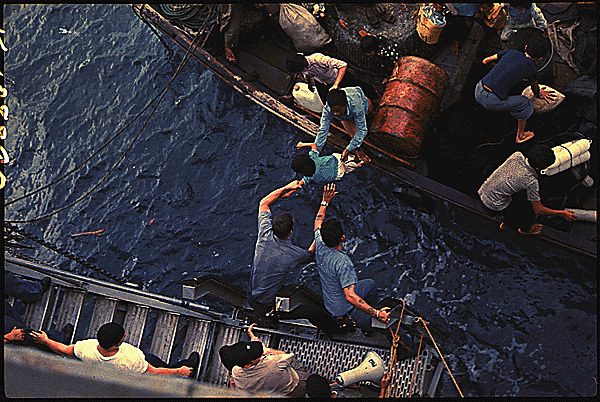By Rich Acritelli
Monday, May 27, is Memorial Day, which remembers all of those service members who were lost for the defense of America. It was created after the Civil War as Decoration Day to honor the lost Americans from both sides of this terrible conflict. Whereas our citizens fought in additional wars, it was originally recognized on every May 30, but it was changed in 1971 for the last Monday of May. As Americans will surely enjoy the warmer weather, this is a moment to reflect on the true meaning of Memorial Day.
Many of these memories are on display at the exhibit picture Wall of Honor at the VFW Post 6249 Suffolk County World War II and Military History Museum. There are a multitude of different pictures and military experiences from our local veterans.
Frank Asselta
Rocky Point native Frank Asselta was taught by Joseph Edgar and enjoyed playing soccer, basketball and baseball. Graduating from Port Jefferson High School in 1963, Asselta attended Suffolk County Community College to earn his associates degree. In 1965, directly after graduation, he was drafted into the Army and attended basic training at Fort Dix, New Jersey. By 1966, he was deployed to South Vietnam as an infantry combat medic and he observed the massive escalation of this war to oppose the strength of the North Vietnamese Army and the Vietcong. Asselta was wounded in combat and he received the Bronze Star for his duel capacities of fighting the enemy and treating his own men under the duress of warfare.
Exposed to graphic warfare that resulted in fighting that never left him for the rest of his life, Asselta suffers from PTSD that he has managed for his entire adult life. This Sunday, May 26, Asselta is the driving force behind the annual VFW Post 6249 PTSD 5K Race at Rocky Point High School at 11 a.m. Asselta believes “all members of the Armed Forces who have been in combat need to be properly supported by our citizens. This run is a reminder to take care of all veterans who battle the difficulties of PTSD and I am proud of this mission to never forget about those veterans who are forced to deal with this condition.” The post’s Cmdr. Joe Cognitore marvels at the “immense energy” that Asselta displays on a daily basis to ensure the success of this race to care for our local veterans.
Charles Pisano
Another infantry combat medic was a physical kid from Smithtown who was an extremely talented wrestler within Suffolk County and New York state. Charles Pisano was sent to South Vietnam and saw the powerful enemy buildup and their battlefield presence from 1968-69. He is one of the highest decorated medics to have served during the Vietnam War for the U.S. Army. Pisano for his immense time in the field was awarded the Combat Medic Badge, Army Commendation Medal with Valor, the Army Air Medal for 50 missions in the field, two Bronze Stars for Valor, the Silver Star and the Vietnamese Cross of Gallantry for continually saving wounded American soldiers.
During every Memorial Day, Pisano’s prayers are always for those comrades who were killed from the Vietnam War. His daughter Jamie, a social studies and special education teacher at Rocky Point High School, recalls that “from a young age, my dad always made sure I understood how important Memorial Day was to honor our soldiers who made the ultimate sacrifice for America.” This family has devotedly assisted guide dogs who help blind veterans and those that are suffering from PTSD.
Nicholas LoRusso
Graduating Rocky Point High School in 2003, Nicholas LoRusso was a captain of the lacrosse team and a talented wrestler. He is one of four brothers to have attended the U.S. Military Academy at West Point. In January, LoRusso, a military combat engineer, was promoted to the rank of lieutenant colonel, and he has been in the active army for 17 years. He is married to Tricia with two kids, Madison and Cole, and has moved eight times during his career. LoRusso served in Iraq and Afghanistan, and taught at West Point.
During the height of the War on Terror, LoRusso vividly recalled his time in uniform, “I have classmates that were killed in combat within the first 12 to 18 months of service after we graduated. I served in units that have lost people. Ramp ceremonies on Bagram Airfield and memorials on combat outposts and forward operating bases in the mountains of Afghanistan are burned in my memory. I get to see, hug, laugh and share moments with my family and friends, and those we remember on Memorial Day are unable to do so. There are children, mothers, fathers and siblings missing a piece of them. Mine are not. These are things I think about on Memorial Day and it makes me cherish what I have. Those we remember on Memorial Day stood up, said ‘Send me,’ and unfortunately didn’t come back. I am honored to have served among these brave and selfless people and I hope the service I have continued in the military and the life I am living is worthy of the lives they gave up for our nation.”
Kevin LoRusso
The LoRussos represent the multitude of American families who have sent many family members abroad. Kevin LoRusso was an artillery officer who was deployed to Afghanistan in 2011, where he fought in Mazār-e Sharīf. Like his older brother, he reflects on friends that he served with and recognizes Memorial Day as “a time I remember West Point classmates that have paid the sheer sacrifice while protecting this nation. Recently, a good friend Steve Dwyer was my lacrosse teammate at the West Point Preparatory School. He was a helicopter pilot who was killed with his crew on a training mission, leaving behind his wife and three young boys. As I spend time with my friends and family, I will be fondly thinking about my military friends who are no longer with us today.”
Gregory Monz
An all-around good kid who graduated from Rocky Point in 2005, Gregory Monz was a tough kid who was the first All-County football player for this high school. Before shipping out, Monz could be seen carrying a full ruck sack of rocks to prepare for his training. He descends from a family that has supported the defense of America over the last several decades and continued this military tradition during the height of the War on Terror.
A corrections officer, Monz is married with a growing family of his own. He believes “Memorial Day for myself is exactly what this day is supposed to be about — remembering. I want to instill the same respect for our fallen warriors to my sons as my parents have taught me. I take my four sons to Calverton National Cemetery to help place American flags at every headstone. As a veteran, Memorial Day is a quiet day for myself. Many thoughts replay a bit more about my brothers I served with, not only about those who paid the ultimate sacrifice, but also the ones who could not move on stateside. To this date I have lost more Marines to PTSD than overseas. We must do better and we also must remember them.”
Never forget
May this nation never forget about those lost veterans from all national defense conflicts and situations. Thank you to those current Armed Forces members who still operate in harm’s way that are determined to support this nation on Memorial Day. And may we always show appreciation to those current veterans who are out of uniform that have made our people proud of their services to support the citizens and ideals of this great country.




